West Manggarai
Labuan Bajo is located here in West Manggarai. It is the gateway to the Komodo National Park as well as several other smaller islands around it. In recent years, thanks to active promotional activities, the area has seen a considerable increase in tourism. What used to be a quiet fishing town is now a bustling tourists’ hub, especially for trips to the home of the Komodo Dragons; Komodo Island and Rinca Island as well as Kanawa, Gili Laba, Bidadari and Seraya Islands which are all points of interests and famous snorkeling and dive sites. The Labuan Bajo Komodo Airport is only 2 km away from the centre of Labuan Bajo.
The capital city of West Manggarai is Ruteng, a small town with a population of about 35,000 people. The famous archeological site, Liang Bua is located here and visitors can also head to Ruteng to view the magnificent traditional Caci Dance. Ruteng has its own airport, called the Frans Sales Lega Airport, also known as Ruteng Airport.
Villages of Todo and Wae Rebo
Villages of Todo and Wae Rebo in Manggarai are the places to be to experience unique Manggaraian culture and history. Here is where you’ll find the distinctive round ceremonial houses and have the opportunity to experience everyday life of the local community.
The best way to reach Wae Rebo is by hiking from the lowlands. Depending on your physical condition, the hike may take 3 hours through some of the most biologically diverse rain forests in Indonesia featuring interesting vegetation including orchids, palms and ferns as well as an impressive population of birds.
Once at the village, visitors can view the authentic Manggarai housing called Mbaru Niang or “Drum House” and experience the everyday life of the local community. You can see how the locals live their day-to-day including coffee growing, rice planting and the weaving of traditional Songket cloth.
When the night comes, visitors are invited to spend the night in the ceremonial Mbaru Niang, a unique, one-of- a-kind opportunity to socialize and dine with the Wae Rebo community. Sleep on woven mats and experience life when extended families lived together under one roof.
Todo is also a great place to view traditional ceremonial houses. The village used to be the centre of the Manggaraian kingdom and the home of the royal clan. Visitors can enjoy the Mbaru Niang houses here in their full and reconstructed glory.
Liang Bua
Liang Bua is not only a limestone cave in the Manggarai district, it is the place for spectacular archaeological discovery made by a team of Indonesian and Australian archaeologists, geologists and paleoanthropologists. This is the spot where they found the “Homo Florensis”, a new kind of human species with a skeleton of very small stature, the size of a 3-year old child, 106 cm in height, and brain volume less than a third of modern person’s size. The tiny adult female skeleton which resembled fossils dating more than 3 million years ago turned lived only 18,000 years ago in a time when modern humans already existed.
Archaeological excavation is still going on, with further discoveries of the bony remains of Stegodons, varans, rats, birds, and stone artefacts.
Lingko (Spider Web Rice Fields)
These are unique eye-catchers, rice fields in the shape of spider webs. Although nowadays these fields are used for wet-rice cultivation, in the past they were used by the Manggaraians for growing dry rice, corn, and tubers, while ceremonies are held at the centre of the lingko. The division of the land is guided by a Tu’a Teno, a traditional leader of the land with knowledge and authority over rituals and ceremonies related to the agricultural cycle. Every family within a community will be appointed the right to work on a certain piece of land. The best place to view a breathtaking Lingko field is in the village of Cara, situated on a small hill 17 km west from Ruteng in Cancar.

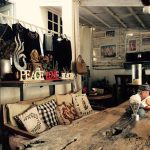
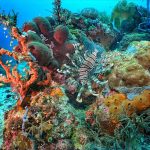
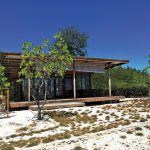
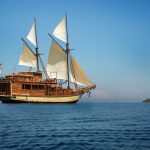
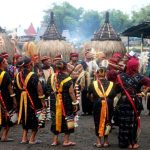
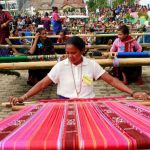

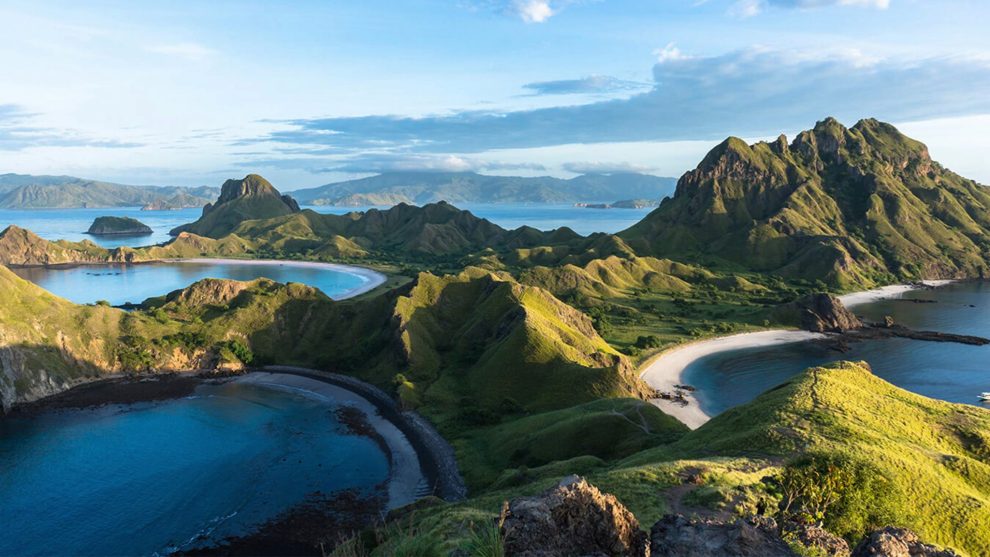
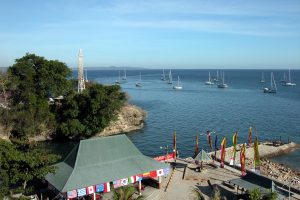
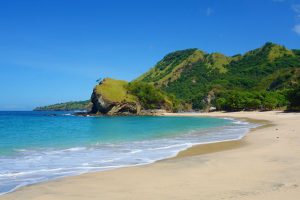
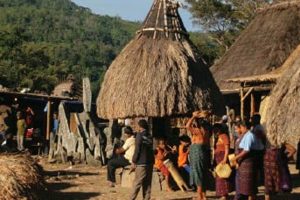





Add Comment